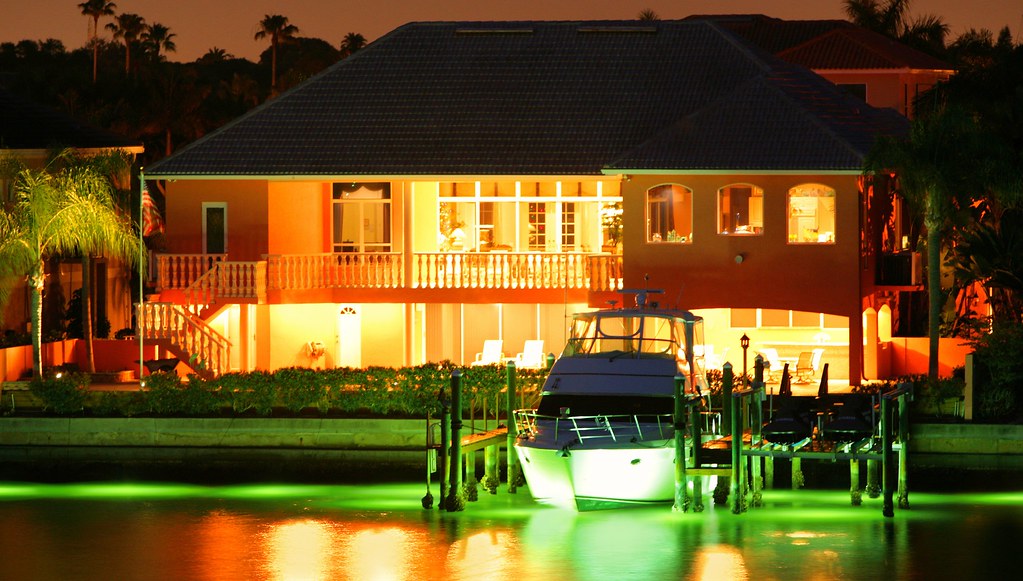Not too long ago, there weren’t very many different options in regard to lighting your home or business space, and custom lighting was reserved for only the largest budgets.
The only choices back then were incandescent light bulbs and compact fluorescents, but now those options are gradually taking a back seat to more modern custom lighting options including Light Emitting Diodes (LEDs), Halogens and High Intensity Discharge (HID) bulbs. But, prior to purchasing any of these light bulbs, you are encouraged to learn the key differences between each of them. For instance, did you know that installing LED vs. CFL can save you up to 80% per year in energy costs? Although they cost slightly more, LEDs can also last over 20 years and do not contain any mercury. Halogen bulbs last on average one year and don’t contain any mercury either. High Intensity Discharge (HID) bulbs are primarily used in larger spaces such as warehouses, commercial buildings or in streetlights. They are filled with sodium or mercury vapor that conducts electricity. HID bulbs don’t have filaments like most light bulbs, so they last longer.
Then, once you’ve narrowed down your light bulb search, there are also several convenient custom lighting options now available. According to Consumer Reports, some of the most popular custom lighting features that you should consider installing are:
Dimmable
Bulbs must be dimmable if you’re using with dimmers. Most LEDs we tested are; most CFLs are not. Our Ratings indicate which bulbs are dimmable.
Works in Fully Enclosed Fixture
Some CFLs and LEDs we tested can be used in fully enclosed fixtures, according to the manufacturers, and is noted in the Ratings. This matters because if heat builds up inside the fixture it can change the bulb’s performance and shorten its life.
Works Outdoors
Many of the tested CFLs and LEDs work outdoors but cannot get wet, and need to be protected from direct contact with rain or snow. The Ratings indicate which bulbs can be used in this way, according to their manufacturers.
Works With Motion Sensor
Also known as an occupancy sensor, it automatically turn on lights when activity is detected and shut them off after activity stops indoors or a short while later outdoors. The bulb and motion sensor must be compatible to work properly. Check the website of the motion sensor manufacturer and read the bulb package to be sure.
Works With Photocell
Another way to save energy, the photocell turns off lights when daylight appears and turns them back on when it’s dark. Check the photocell manufacturer’s website and read the bulb box for compatibility information.” http://www.consumerreports.org/cro/lightbulbs/buying-guide
Visit Diffuser Specialist Online to consult with a lighting specialist regarding quality replacement lenses, light diffusers, and all other related products at https://diffuserspecialist.com/.



